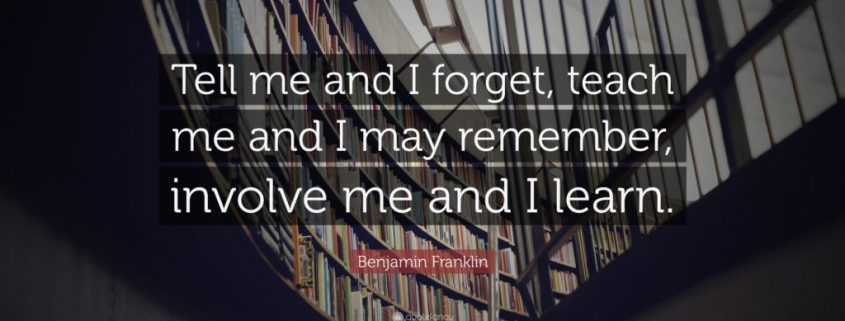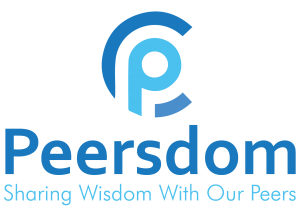Benefits of Peer-to-Peer Learning
Many experts say that peer-to-peer education, a form of learning that students and professors at prestigious universities such as Harvard, Stanford, Cornell, and Duke have incorporated into their main methods of studying, is the most effective way for students to learn. By definition, peer-to-peer learning or education is a method of learning in which students learn from and with each other. This method allows for new opportunities and connections to develop between the two peers, and this leads to more learning.
David Boud, author of Peer Learning in Higher Education: Learning from and with Each Other, wrote, “Students learn a great deal by explaining their ideas to others and by participating in activities in which they can learn from their peers. They develop skills in organizing and planning learning activities, working collaboratively with others, giving and receiving feedback and evaluating their own learning.” When you learn with a peer, you learn their ideas, their thoughts, their views on a certain subject. As seen in this quote, some benefits include skills in organization, collaboration, and evaluation.
“Various forms of peer, collaborative or cooperative learning, particularly small group activities, are increasingly used within university courses to assist students to meet a variety of learning outcomes. These include working collaboratively with others, taking responsibility for their own learning and deepening their understanding of specific course content. The potential benefits of peer learning have long been recognized and are especially relevant today,” another wise saying from David Boud. Basically, he is saying that when you teach a peer a subject, you learn more about it. This provides a two-way learning opportunity, where not only does one peer learn something from the other, but rather both learn something new from each other and themselves, which is called reciprocal peer learning. According to the Higher Education Academy in the UK, studies from a survey titled “Mapping student-led peer learning in the UK” show that “students progress in new and sometimes unanticipated ways through structured opportunities to facilitate and lead learning among their fellows. Evidence is accumulating that peer learning creates greater confidence and independence in learning, deeper understanding and improved grades for both peer leaders and their students,” which reinforces the foundation that if you teach a peer a subject, you gain a deeper understanding of that subject. This was also seen when reciprocal peer learning, or teaching, was applied in an anatomy course at the Mayo Clinic College of Medicine. All of the students alternated between being the teacher and the learner. The students taught course content and explained procedures to their peers. After doing various reciprocal peer learning activities, they gave a debriefing questionnaire and the results were that 100% of the students increased their understanding of course content because they taught it and 97% agreed that it increased their retention of knowledge they taught to their peers. Also, 92% agreed that it improved their communication skills, which could then be used anywhere.
When you teach a topic to a peer, your main goal is to make the peer understand that topic. For your peer to understand that topic, the peer educator first must understand it well. Once you are able to teach your peers that topic, you have truly learned it beyond basic application. Once you teach someone, you realize that you have cemented that knowledge and understood it and you are always going to be expanding on that knowledge because you will continue to approach it at different angles every time you teach it. Your knowledge now advances to a whole new level of deeper understanding.
In conclusion, here are the main benefits of peer-to-peer education and reciprocal peer learning:
- Students receiving more private time with their student peer, allowing for a more personalized learning experience
- Active learning is encouraged through the interactions between students
- Peer helpers gain a deeper understanding of what they teach to other peers, which benefits them as well as the peer they are helping
- Peers feel more comfortable and would open up and interact more with other peers rather than teachers or staff
- Both peers would have a greater connection because of their similar positions in school




Leave a Reply
Want to join the discussion?Feel free to contribute!